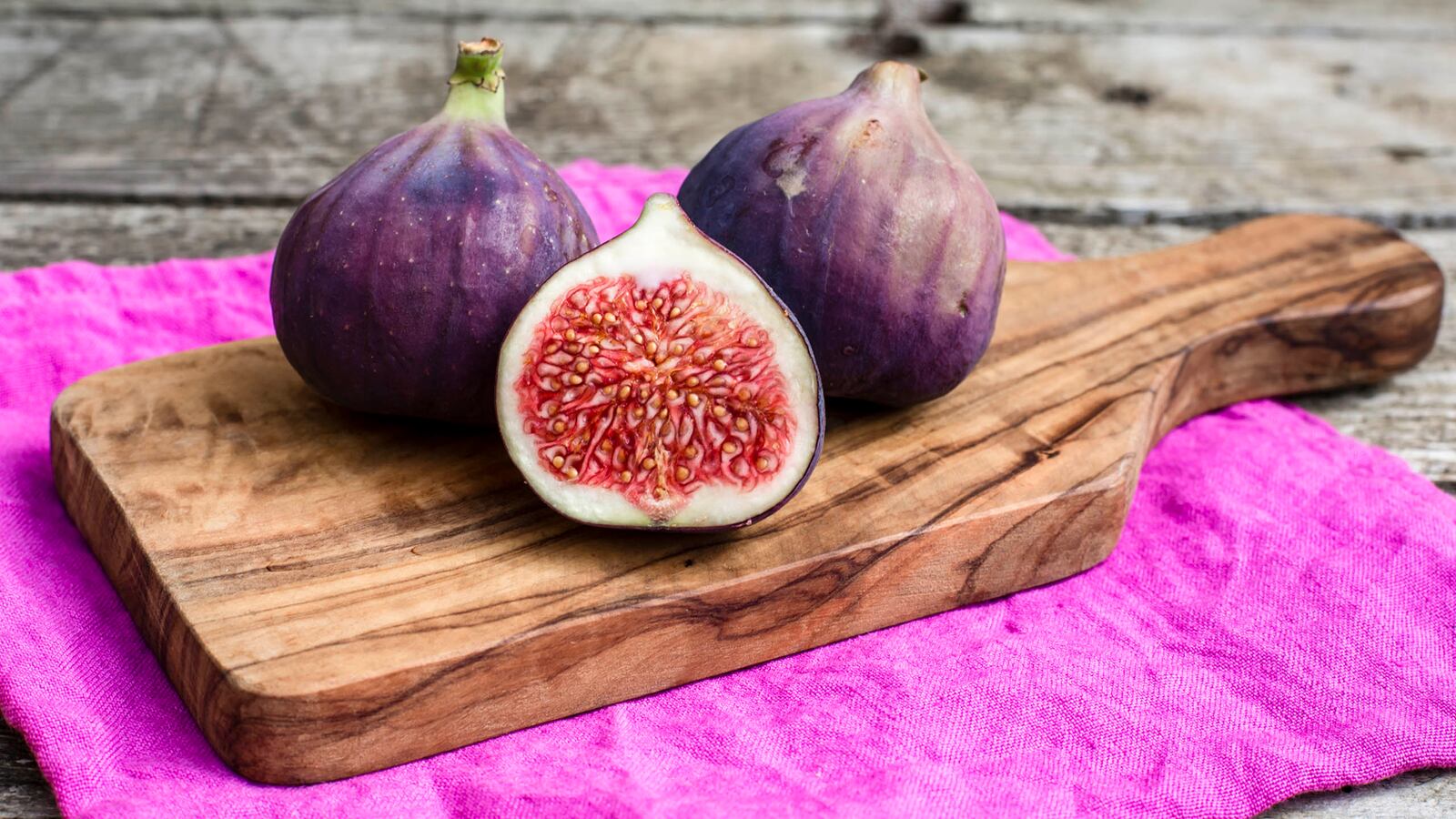My Latin teacher in college cooked up a story about the word “sycophant” that I’ve never come across again.
She claimed that upon your approach to ancient Athens you would meet hawkers on the road who would promise to show you the sights and secrets, and get you into the famous gardens in which there would be the most delectable figs. “The figs,” they cried, “I’ll show you the figs!” These fig revealers came to be called sycophants—the “syco” coming from the Greek for “fig” and the “phants” coming from the verb “to show.”
I don’t believe there is a lick of truth to this story, but it is on a very short list of things I remember from her class. To this day, I have no idea why the most effective mnemonic she ever deployed served to lodge two Greek roots in my head. I do, however, wish that there was a service devoted to finding me the most delicious figs to eat.
My brother in law has a fig tree—rather his neighbor has a fig tree that hangs over the fence. Another friend has a fig tree, but the crows know about that one, too, and tend to grab the fruit the moment it is ripe. Look around if you live in a neighborhood where people have trees in front of their houses. There’s usually going to be some figs.
But, of course, ask before you pick and use the guidelines Sara Bir put down in her excellent and entertaining new book, The Fruit Forager’s Companion, in which she wrote: “Is this plant uncommon enough that harvesting a lot of it will make you an asshole? Ideally, it’s plentiful, but how much should you take? Will you be foraging or stealing?”

Or, you know, you could just buy some at the store. Regardless, the time is now when figs are at their ripest.
There may be nowhere in the world figgier than the tiny barrier island off the coast of North Carolina called Ocracoke. It is covered in fig trees, some of them as tall as houses. Sundae Horn, who edits the local Ocracoke Current, organizes a fig festival every year. At the center of the festival is a bake off to award a prize to the best Ocracoke-style fig cake.
I spoke with her rival at the Ocracoke Observer, Connie Leinbach. (I didn’t mean to stir up island friction, I just read Connie’s article about the fig festival.) She told me that they used to celebrate their local figs as a part of the July Fourth festivities, until Hurricane Arthur intruded upon their plans in 2014. They moved the festival to later in the summer, and decided to keep it there.
About 80 revelers attended this year, according to Connie, and there were 24 competitors in three divisions for the fig cake bake off. There is a section for innovative fig cakes, a section for youth bakers to compete, and the real deal traditional competition.
In the traditional competition, recipes must adhere strictly to the core Ocracoke fig cake recipe, as recorded in the Ocracoke Cook Book by the United Methodist Women of the United Methodist Church. The classic recipe is credited to five women, but Connie believes that it was Margaret Garrish who first substituted figs into a date bread she was making.
Asked how one might win a contest so strictly limited in its allowable variants, Connie admitted she wasn’t sure. She did some digging, and it does seem that some recipes call for a cup of nuts and a cup of fig preserves, while others call for two cups of fig preserves.
Bir’s recipe is a mirror of the original, and calls for half-a-cup of nuts and a cup-and-a-half of preserved figs.
In my experiments with this rich and autumnal cake, I discovered that what I really loved—and what is far more useful—is the fig preserve on which it is based.
I have also come to think that the preserved figs are what makes the difference in the cakes. Bir writes: “Depending on the person who cans them, preserved figs can range from jammy and goopy, to intact and gently stewed in their own syrup.” You can chop them or leave them whole. You can add more sugar, or make a judgment call about when they are thick enough for you.
While I was preparing a pot of preserved figs, I tried a small spoonful of the figgy syrup. I immediately decided to stop reducing the figs and siphon off a jar of the syrup to use in Old-Fashioned cocktails. The drinks were tremendous. (Take a slice of the citrus from the preserves, a teaspoon or two of the fig syrup, two ounces of bourbon and stir with ice and a dash of Angostura Bitters.)
I found no need to can these treats, they were gone in no time, but I’m thinking of getting some more figs, and maybe doubling the recipe, so I can have them through the winter. I promise not to buy them all.
INGREDIENTS:
- 8 cups Figs
- 1 cup Granulated sugar
- 1 Lemon, thinly sliced
- 1 Orange, thinly sliced
- 1 cup Water
DIRECTIONS:
- If you like, stem the figs. They add some nice texture; most Ocracokers don’t stem the figs.
- In a Dutch oven or large nonreactive saucepan, toss the figs with the sugar and lemon and orange slices. Cover, and refrigerate overnight.
- The following day, add the water. Cover, bring the figs to a simmer over medium heat, and reduce the heat to a low simmer. Cook, covered, for 1 hour.
- Remove the lid, and continue simmering very gently for another 1 to 2 hours. You want the syrup to thicken, some of the figs to break down a bit, and the citrus rinds to get somewhat translucent.
- Meanwhile, sterilize your jars, and prepare a bath for water bath canning. When the figs are stewed to your liking, transfer them, along with the citrus slices and syrup, to the hot jars, leaving a quarter-inch headspace. Screw on the lids so they are fingertip tight and process in the water bath for 5 minutes.
NOTE: You can scale this up, but don’t go crazy; if you have a ton of figs, it’s better to can a few batches. If you’d like a syrupier version, double the sugar.
This recipe is from Sara Bir’s book The Fruit Forager’s Companion: Ferments, Desserts, Main Dishes, and More from Your Neighborhood and Beyond (Chelsea Green Publishing, 2018) and is reprinted with permission from the publisher.






